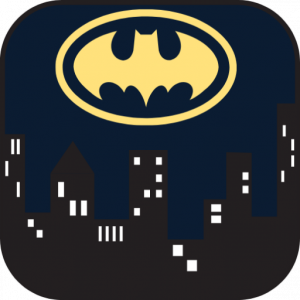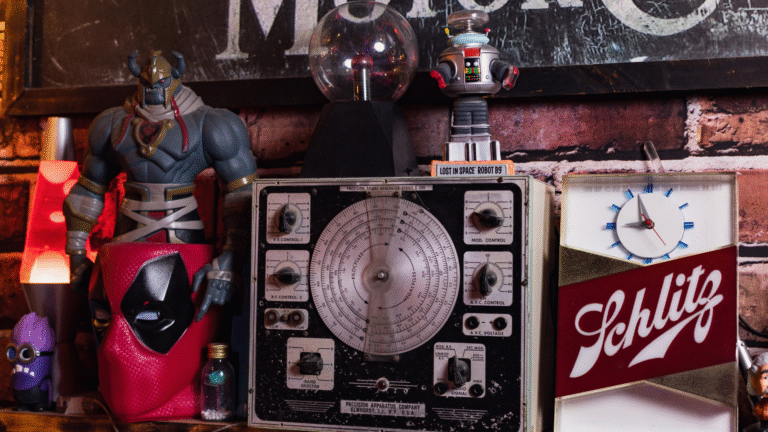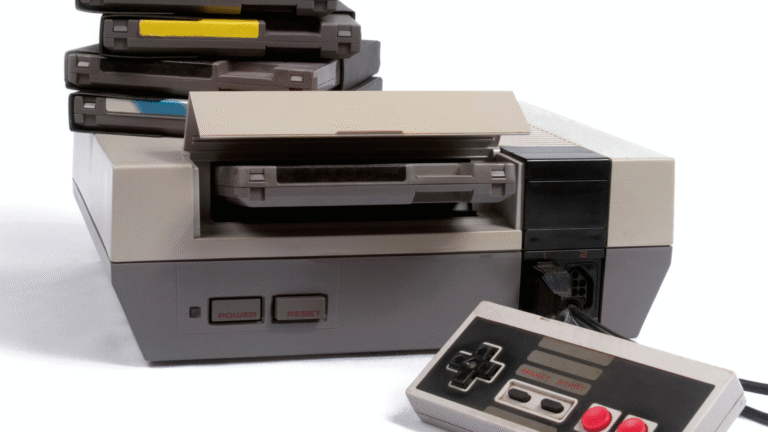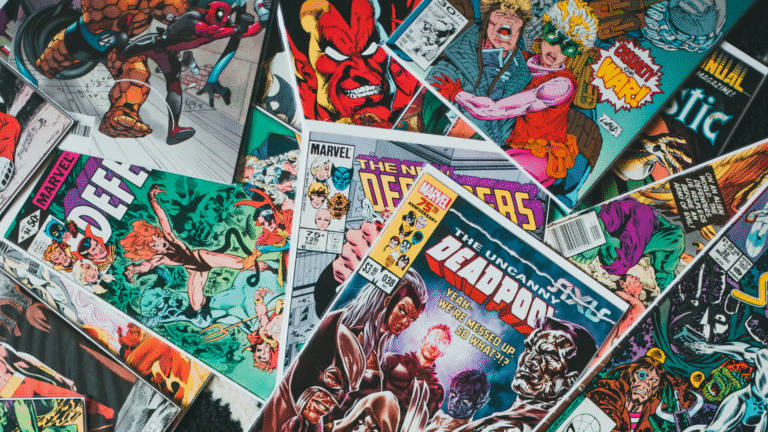The debate between Marvel and DC has extended beyond comic books and movies to the vibrant world of video games. Fans have enjoyed a range of experiences from both universes, often pitting characters against each other in thrilling showdowns. Both franchises offer unique gaming landscapes, and understanding their differences can enhance the gaming experience for fans of either universe.
Marvel vs. Capcom stands out as a significant example of this crossover, where iconic characters from Marvel team up with skilled fighters from Capcom’s lineup. This series has allowed players to engage in dynamic battles, showcasing the strengths and skills of their favorite superheroes. Meanwhile, DC titles immerse players in rich narratives, often focusing on the darker themes of its characters, creating an experience that contrasts sharply with Marvel’s more vibrant tone.
With a variety of game genres available, fans have countless options to explore, from fighting games to action-adventure titles. Choosing between Marvel and DC can depend on personal preference, but both provide exciting gameplay and storytelling that draw players into their respective worlds.
Overview of Marvel vs DC Video Games
The landscape of Marvel vs DC video games showcases a rich variety of titles that highlight the unique characters and narratives of both universes. Their contrasting styles are evident in various genres, particularly fighting games, where iconic characters come to life.
Comparing Game Franchises
Marvel and DC have both made significant impacts on the gaming industry, each offering unique experiences.
Marvel’s Highlights:
- Marvel vs. Capcom Series: This franchise blends Marvel characters with Capcom’s roster, providing fast-paced, tag-team fighting mechanics.
- Spider-Man Game (2018): Acclaimed for its narrative depth and open-world exploration, it rejuvenated superhero gaming.
DC’s Highlights:
- Injustice Series: Focusing on a darker narrative, it features a compelling story and strategic fighting mechanics.
- Batman: Arkham Series: Renowned for its immersive storytelling and fluid combat, this series set a new standard for superhero games.
Iconic Characters From Both Universes
Central to the appeal of Marvel vs DC games are their iconic characters.
Marvel’s Icons:
- Spider-Man: Known for his agility and web-swinging mechanics, he offers a unique gameplay experience.
- Wolverine: His regenerative abilities and combat style make him a fan favorite in various games.
DC’s Icons:
- Superman: Often serves as a cornerstone for DC’s stories, representing strength and virtue.
- Batman: His detective skills and gadgets provide diverse gameplay options.
Other characters like Dr. Doom, Lex Luthor, Wonder Woman, and Aquaman add depth to their respective narratives, enriching the gaming experience. Each character not only represents their comic roots but also enhances player engagement through unique abilities and stories.
Gameplay Mechanics and Features
This section explores the core gameplay mechanics and features that define Marvel and DC video games. Focus will be given to their combat systems, narrative-driven modes, and the multiplayer experiences that enhance player engagement.
Combat Systems and Controls
The combat systems in Marvel and DC video games are central to player interaction. They often feature intricate combos and special moves that are unique to each character. Players utilize a variety of inputs to execute powerful attacks and defensive maneuvers.
Combos can vary significantly between titles. For instance, Injustice 2 emphasizes timing and strategy with its meter management, creating an avenue for deep, tactical gameplay. Characters from both universes typically possess distinct fighting styles, which are characterized by smooth animations that enhance the visual appeal.
Controls are designed to be intuitive yet challenging, allowing new players to pick up and play while rewarding veterans with advanced techniques. Players experience varying character mechanics across platforms, including Xbox and PS3.
Story Modes and Single-Player Experiences
Story modes in Marvel and DC games often present narratives that intertwine iconic characters and plotlines from their respective comic universes. Titles like Mortal Kombat vs. DC Universe engage players with unique campaigns that bring familiar stories to life.
Single-player experiences frequently include character progression systems, enabling players to unlock new abilities, costumes, and enhancements. Players often find themselves immersed in dramatic storytelling that reflects the heroes and villains, which also impacts gameplay choices.
The emphasis on varied character arcs gives players a sense of agency and investment in the storyline. This structure fosters replayability, encouraging players to explore different outcomes through their choices.
Multiplayer and Online Modes
Multiplayer modes enhance the competitive nature of Marvel and DC games. Local and online battles allow players to pit their skills against friends or global competitors. Titles such as Marvel’s Avengers offer cooperative gameplay that encourages team-based strategies.
Online modes can include ranked and unranked matches, ensuring a range of skill levels for participants. Seasonal events and challenges often provide fresh content, keeping the gameplay experience dynamic.
In addition, some games feature auction systems where players can acquire new gear and characters, adding a layer of customization. This keeps the multiplayer environment engaging and promotes community interaction.
Notable Titles and Platform Evolution
The Marvel vs DC rivalry has led to a variety of notable video games, showcasing unique gameplay and character rosters. This section highlights key games and the evolution of platforms that made them accessible to players.
Key Games in the Marvel vs DC Rivalry
In the fighting game sector, titles like Marvel vs. Capcom 2 and Injustice: Gods Among Us stand out.
Marvel vs. Capcom 2, released in 2000, features a robust character roster and fast-paced combat. This game allowed players to mix Marvel heroes and Capcom characters, enhancing its appeal.
Injustice: Gods Among Us, launched in 2013, presents DC heroes in a fighting format with a compelling story. It emphasized strategic gameplay and character abilities, garnering critical acclaim.
Other prominent games include Marvel vs. Capcom 3 and the Street Fighter series, where crossover elements have attracted diverse gaming audiences. Across platforms, these games remain influential in shaping competitive gaming landscapes.
Historical Platforms and Publishers
The platforms supporting Marvel and DC games have varied widely over the decades. Early titles appeared on systems like the NES and Sega Dreamcast, bringing superhero content to new audiences.
Atari was among the early publishers of comic-based games, though its impact was limited. Major players like Capcom greatly influenced the market, developing classic titles like Street Fighter that inspired future character integrations.
Modern consoles such as PlayStation and Xbox have become the primary platforms. They support advanced graphics and online capabilities, enhancing player experiences. With evolving hardware, players can now enjoy cross-platform play, allowing for a broader engagement with these iconic franchises.






Recent Comments